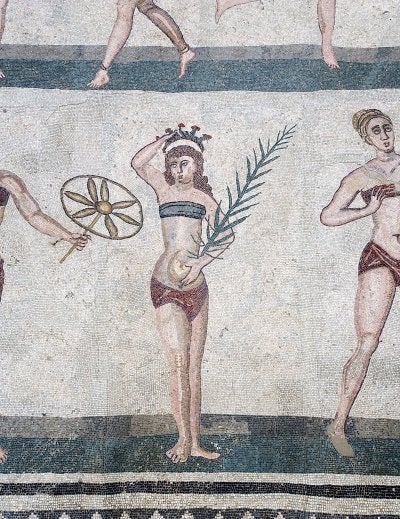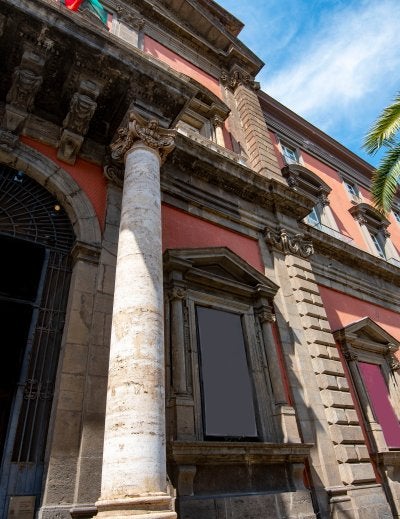
The Doge’s Palace Travel Guide: Exploring Venice’s Iconic Landmark
The Doge’s Palace, or Palazzo Ducale, stands as one of Venice’s most remarkable landmarks. Built in the Venetian Gothic style, this architectural masterpiece once served as the heart of the Venetian Republic, housing the Doge’s residence, government offices, courts, and prisons. Today, it remains one of the most visited attractions in the city and a must-see for anyone exploring the Things to do in Venice.
History and Significance
The Doge of Venice, whose title originates from the Latin dux (meaning leader), ruled the Republic from 697 to 1797. The palace’s origins trace back to 810, when Doge Agnello Participazio moved the seat of government to the Rialto area and built the first ducal palace. Over the centuries, the structure underwent multiple reconstructions due to fires and political shifts, evolving into the grand building that exists today.
Notable milestones include:
- 12th Century: Reconstruction under Doge Sebastiano Ziani, which reshaped St. Mark’s Square.
- 14th Century: Construction of the Gothic wing facing the lagoon.
- 15th Century: Expansion under Doge Francesco Foscari, including the Porta della Carta.
- Renaissance Era: Reconstruction after the 1483 fire introduced Renaissance elements by Antonio Rizzo.
- 16th Century Fires: The devastating fires of 1547 and 1577 led to significant restorations that maintained the palace’s Gothic identity.
- Modern Era: After Venice’s fall to Napoleon in 1797, the palace served as government offices before being restored in 1876. It became a museum in 1923, managed by the City of Venice.
Planning Your Visit
Location and Access
The Doge’s Palace is located at Piazza San Marco 1, 30124 Venice, adjacent to St. Mark’s Basilica and facing the lagoon.
- Entrance: Via the Porta del Frumento on the waterfront.
- Getting There: Walk to St. Mark’s Square or take the Vaporetto waterbus to San Marco or San Zaccaria stops.
Opening Hours
- April to October: 9:00 AM – 7:00 PM (last admission 6:00 PM).
- November to March: 9:00 AM – 6:00 PM (last admission 5:00 PM).
Tickets and Tours
It’s highly recommended to buy skip-the-line tickets online to avoid long queues.
- Full Ticket: €30 (or €25 if booked 30 days in advance).
- Reduced Ticket: €15 (children 6–14, students 15–25, seniors 65+).
- Free Admission: Children under 5.
The ticket includes entry to the Doge’s Palace and the St. Mark’s Square Museums, including Museo Correr and the Biblioteca Nazionale Marciana.
Special Tours
- Secret Itineraries Tour: Explore hidden chambers, archives, and Casanova’s prison cell (2.5 hours, €32).
- Hidden Doge’s Treasure Tour: Discover secret passages and lesser-known parts of the palace (2.5 hours, €32).
Visitor Tips
- Best Time to Visit: Early mornings or weekdays.
- Visit Duration: 1–2 hours for a basic visit, up to 4 hours for a detailed exploration.
- Accessibility: Most areas are accessible, except the Secret Itineraries and prisons.
- Services: Free cloakroom, restrooms, café, and audioguide app (€5).
Architectural and Exterior Highlights
The palace’s exterior is a triumph of Venetian Gothic architecture, featuring pink Verona marble and delicate tracery.
Key Features
- Façade: Decorated with sculptures by Filippo Calendario and Lombard artists.
- Porta della Carta: A ceremonial gateway adorned with Gothic pinnacles, statues, and a relief of Doge Francesco Foscari kneeling before the Lion of Saint Mark.
- Courtyard: Home to two 16th-century well-heads and the Giants’ Staircase, flanked by statues of Mars and Neptune symbolizing Venice’s power.
- Golden Staircase (Scala d’Oro): A gilded ceremonial staircase leading to the Doge’s apartments.
Interior: Doge’s Apartments and State Chambers
Doge’s Apartments
The Doge’s private rooms were modest compared to the state halls, reflecting the principle that the Doge was the servant of the state.
- Scarlet Chamber: Known for its carved ceiling and Ducal coats of arms.
- Shield Hall: Displays maps and globes showcasing Venice’s naval influence.
- Philosophers’ Room: Once decorated with portraits of ancient philosophers and featuring a fresco by Titian.
Institutional Chambers
- Great Council Chamber: One of Europe’s largest rooms, decorated with Tintoretto’s Il Paradiso, the world’s longest canvas painting.
- Scrutinio Room: Originally a library, later used for elections and meetings.
- Council Chamber and Senate Chamber: Lavishly decorated with works by Veronese and Tintoretto.
- Compass Room: Served as an antechamber for judicial hearings, featuring a statue of Justice.
The Darker Side: Prisons and Armoury
The Prisons
The palace’s prisons reflect a stark contrast to its grandeur.
- The Pozzi (Wells): Ground-floor cells reserved for serious offenders, dark and damp.
- The Piombi (Leads): Upper-level cells under the lead roof, where Casanova famously escaped in 1756.
- New Prisons: Built in the 16th century across the canal and connected via the Bridge of Sighs.
The Bridge of Sighs
Built in 1614, this enclosed white limestone bridge linked the interrogation rooms to the prisons. According to legend, prisoners sighed as they caught their last glimpse of Venice’s beauty before incarceration.
The Armoury
The palace armoury exhibits over 2,000 weapons and artifacts, including:
- Armour of Il Gattamelata (Erasmo da Narni).
- A Turkish standard from the Battle of Lepanto.
- A 20-barrel harquebus, an early form of a machine gun.
- A “devil’s chest” with hidden weapons and torture tools.
Conclusion
The Doge’s Palace is more than an architectural gem, it’s a gateway to understanding the Republic of Venice’s history, politics, and artistry. From its golden staircases and vast council chambers to its haunting prisons, every corner tells a story of power and intrigue. No trip to Venice is complete without stepping into this symbol of the city’s former glory and discovering one of the most fascinating Things to do in Venice.
Author
-
We are the storytellers behind Exoticca’s adventures, passionate travelers dedicated to sharing the magic of the world with you. From bustling cities to serene landscapes, our team brings firsthand experiences, expert insights, and a deep love for discovery to every article. Whether it’s uncovering hidden gems or curating bucket-list-worthy journeys, the Exoticca Travel Crafters are here to inspire, inform, and guide you as you explore the globe.
View all posts



